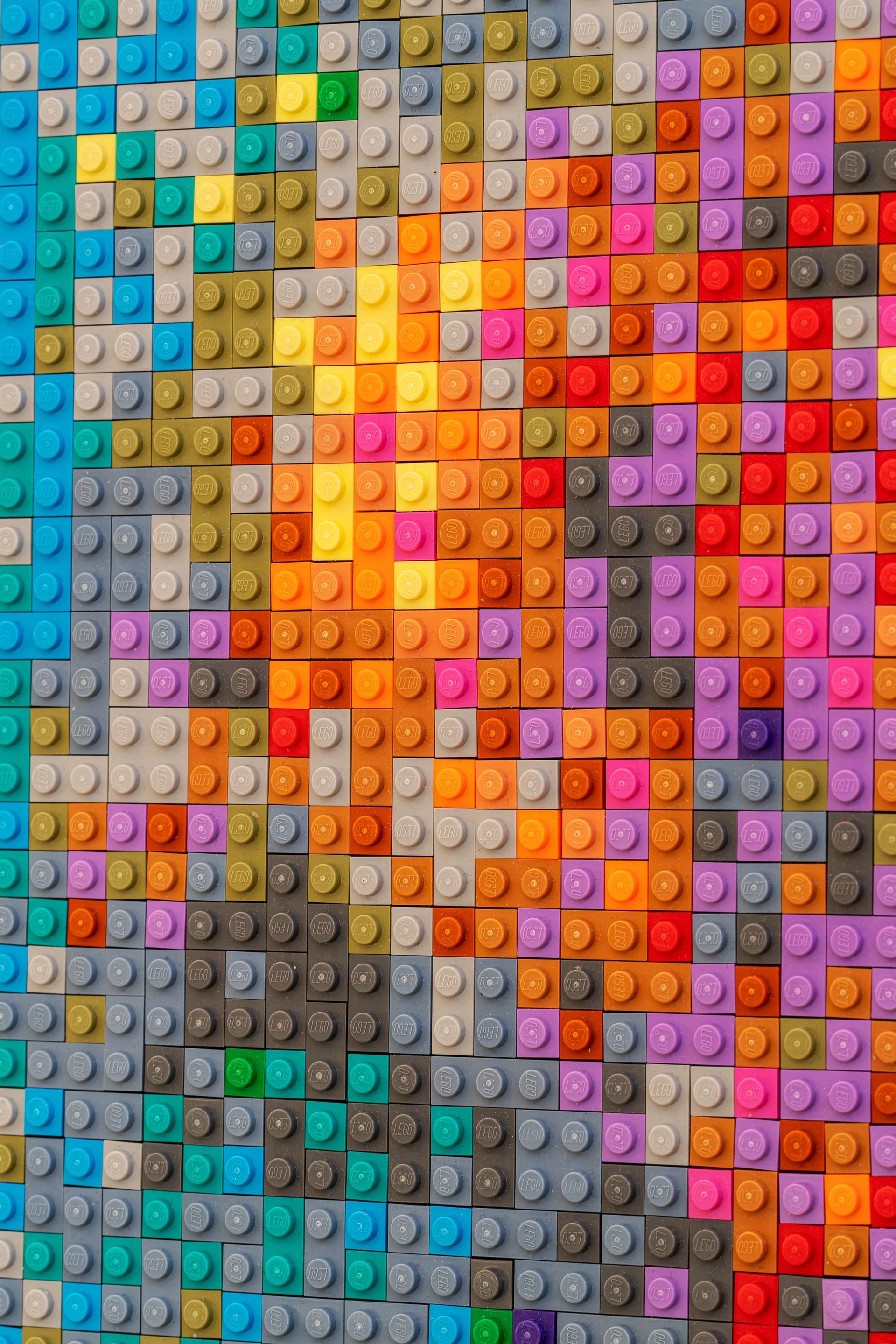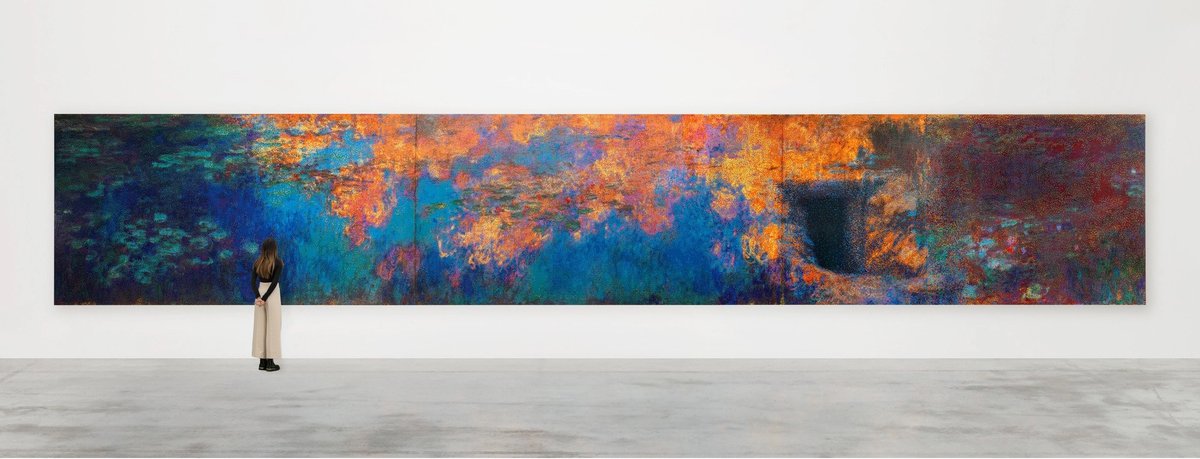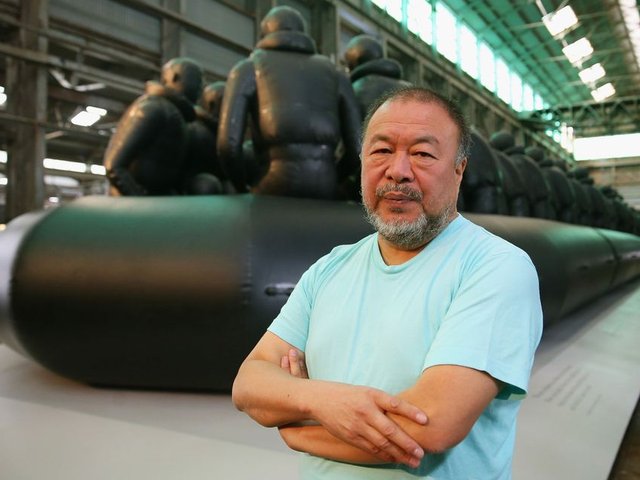Anyone who has sat and tried to painstakingly complete a 1,000 piece jigsaw will likely look upon Ai Weiwei's latest Lego work with awe. Made of 650,000 Lego bricks in 22 colours, the staggering 15m-long work is a recreation of Claude Monet's triptych Water Lilies (1914-26) from the collection of the Museum of Modern Art, New York. The largest Lego work that the dissident Chinese artist has ever made, Water Lilies #1 (2022) will go on show at London's Design Museum when it opens Ai Weiwei: Making Sense next month (7 April-30 July).
The original Impressionist masterpiece—depicting one of the lily ponds at Monet’s home in Giverny, near Paris—has become an internationally famous image of nature and light. For his version, Ai has used Lego bricks to "strip away Monet’s brushstrokes in favour of a depersonalised language of industrial parts and colours," according to a press statement. "These pixel-like blocks suggest contemporary digital technologies which are central to modern life, and in reference to how art is often disseminated in the contemporary world."

A detail from Ai Weiwei's Water Lilies #1 (2022) Photo: © Ela Bialkowska/OKNO studio. © Image courtesy of the artist and Galleria Continua
But what's that hidden door on the right side of the Lego image? The dark portal depicts the underground dugout in Xinjiang province, China, where Ai and his father, Ai Qing, lived in forced exile in the 1960s. "Their hellish desert home punctures the watery paradise," a statement says. Who knew Lego could have so many dimensions? Who knew a lily pond could be so deep?







